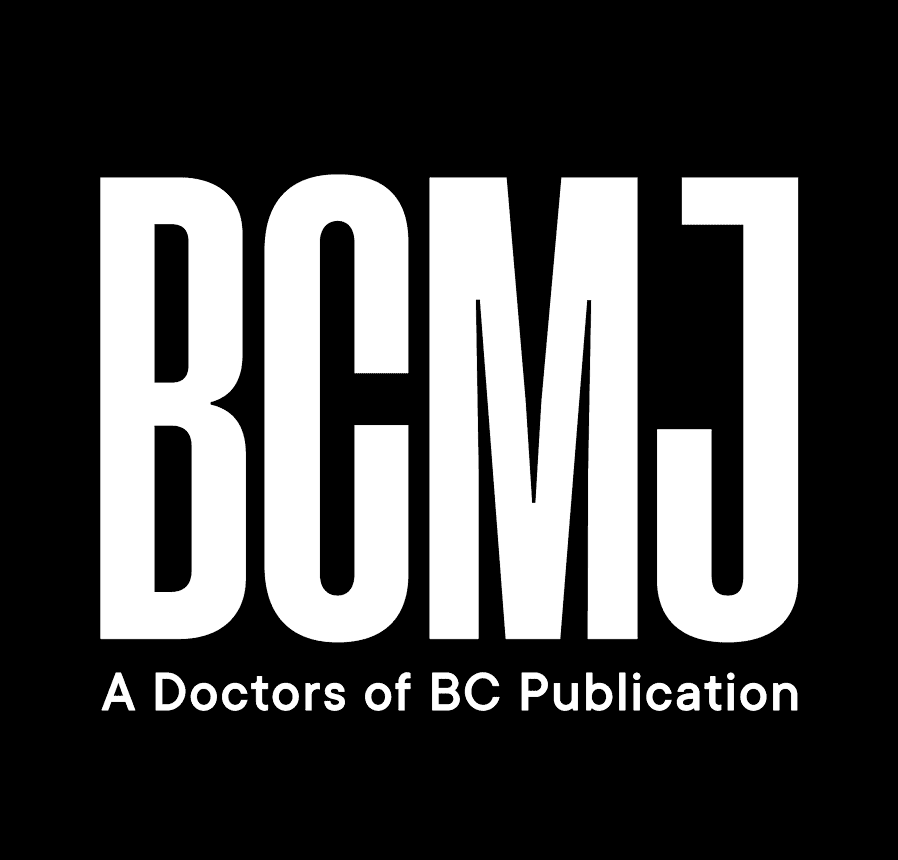Physicians are key to reducing unnecessary dental antibiotic prescribing
It may surprise you to learn that one indication driving a high number of unnecessary prescriptions by medical doctors is the treatment of dental conditions.[1] This is doubly concerning because antibiotic prescribing by dentists remains high and continues to increase postpandemic.[2]
This should be an easy fix since antibiotic guidelines are available for dentists, but the systemic issue of limited access to dental services or coverage results in many people receiving initial dental care from a physician. In addition to often being the first professional point of contact for patients, physicians are trusted advisors about antibiotic use for our dental colleagues.
A few key strategies that can reduce unnecessary antibiotic use and its complications for oral health indications are presented in the Box. These are also summarized by Choosing Wisely Canada[3] and at www.bugsanddrugs.org.
Antibiotics are of no value and are not indicated for toothache, which generally results from damage to the soft tissue or nerve inside a tooth caused by decay or trauma.[4] Toothache pain is due to inflammation, not infection. Accordingly, antibiotics don’t help, but NSAIDs can ease symptoms. Definitive treatment involves removal of the damaged or diseased dental pulp in a dental surgery.
A dental abscess is a localized infection of the dental pulp; as with most skin abscesses, definitive treatment involves drainage and surgery to remove infected tissue. Antibiotics are of no additional benefit unless there are systemic symptoms or spreading infection or the patient is significantly immunocompromised.[5]
Physicians are often asked about perioperative prophylaxis for dental procedures in orthopaedic and cardiac patients. Notably, a history of joint replacement is not an indication for antibiotic prophylaxis. Infections of orthopaedic implants are uncommon and are largely not caused by mouth flora. Most bacteremia of oral origin occurs with activities of daily living, including brushing, flossing, and chewing. There is also no evidence that antibiotics before dental procedures prevent prosthetic joint infections, so spare these patients the risk of adverse effects in the absence of benefit.[6,7]
Antibiotic prophylaxis is not needed for people with nonvalvular cardiac devices, such as pacemakers, implantable defibrillators, shunts, repaired septal defects, and stents.[8,9] Indications where antibiotic prophylaxis is still recommended include only prosthetic heart valves, a history of infectious endocarditis, cardiac transplant with valvular regurgitation, unrepaired cyanotic congenital heart disease, and repaired congenital heart disease with residual shunting or regurgitation.
In the rare cases where perioperative prophylaxis is indicated, only one preoperative dose is required. The frequently observed practice of prescribing for a full week carries no additional benefit but confers a much higher risk of selecting for antibiotic resistance or developing Clostridioides difficile infection.
Delayed access to dental surgery contributes to overprescribing. Access to dental care can be a significant challenge in remote regions, and a lack of universal dental care means it can be an issue anywhere in BC.[10] Recently, the federal government funded the Canadian Dental Care Plan. Dental practitioners accepting the plan are readily searchable, and physicians can facilitate early referral for urgent care with this tool: www.sunlife.ca/sl/cdcp/en/member/provider-search.
Physicians in BC have significantly reduced unnecessary prescribing for many indications. We hope that awareness of the challenges in dental prescribing will contribute to a lower risk of antibiotic resistance and antibiotic-related complications for patients with dental conditions.
—David M. Patrick, MD, FRCPC, MHSc
Professor, School of Population and Public Health, UBC
Medical Epidemiology Lead for Antimicrobial Resistance, BCCDC
—Kate O’Connor, RN
Nurse Educator, Community Antimicrobial Stewardship, BCCDC
—Edith Blondel-Hill, MD, FRCPC
Medical Microbiologist/Infectious Disease Specialist, Interior Health
—Lynsey Hamilton, MSc
Knowledge Translation and Exchange Specialist, BCCDC
—Fawziah Lalji, PhD
Professor, Faculty of Pharmaceutical Sciences, UBC
—Hannah Lishman, PhD
Senior Scientist, Community Antimicrobial Stewardship, BCCDC
—Clifford Pau, DMD, MSc
Clinical Associate Professor, Faculty of Dentistry, UBC
—Nick Smith, MPH
Project Manager, Community Antimicrobial Stewardship, BCCDC
BOX. Key ways to safely reduce antibiotic prescribing for oral health indications.
Choosing Wisely Canada:
- Don’t prescribe antibiotics for irreversible pulpitis (toothache).
- Don’t prescribe antibiotics for acute dental abscess without signs of systemic infection.
- Don’t give prophylactic antibiotics prior to dental procedures to patients with total joint replacement.
- Don’t give prophylactic antibiotics to patients with nonvalvular cardiac or other indwelling devices.
Bugs and Drugs:
- Limit preoperative antibiotics to a single dose.
hidden
This article is the opinion of the BC Centre for Disease Control and has not been peer reviewed by the BCMJ Editorial Board.
 |
| This work is licensed under a Creative Commons Attribution-NonCommercial-NoDerivatives 4.0 International License. |
References
1. Saatchi A, Yoo J-W, Schwartz KL, et al. Quantifying the gap between expected and actual rates of antibiotic prescribing in British Columbia, Canada. Antibiotics (Basel) 2021;10:1428. https://doi.org/10.3390/antibiotics10111428.
2. Stenlund S, Huynh J, Pau C, et al. Dental antibiotic use in British Columbia from 1996 through 2023: Are we backsliding? J Am Dent Assoc 2025;156:37-45. https://doi.org/10.1016/j.adaj.2024.10.001.
3. Choosing Wisely Canada. Hospital dentistry. Updated May 2024. Accessed 14 January 2025. https://choosingwiselycanada.org/recommendation/hospital-dentistry.
4. Agnihotry A, Fedorowicz Z, van Zuuren EJ, et al. Antibiotic use for irreversible pulpitis. Cochrane Database Syst Rev 2016;2:CD004969. https://doi.org/10.1002/14651858.CD004969.pub4.
5. Cope AL, Francis N, Wood F, Chestnutt IG. Systemic antibiotics for symptomatic apical periodontitis and acute apical abscess in adults. Cochrane Database Syst Rev 2018;9:CD010136. https://doi.org/10.1002/14651858.CD010136.pub3.
6. Canadian Agency for Drugs and Technologies in Health. Antibiotic prophylaxis for patients with cardiac or orthopedic implants undergoing dental procedures: A review of the clinical effectiveness and guidelines. 11 March 2013. Accessed 17 January 2025. www.cda-amc.ca/sites/default/files/pdf/htis/apr-2013/RC0433%20Antibiotic%20Prophylaxis%20final.pdf.
7. Sollecito TP, Abt E, Lockhart PB, et al. The use of prophylactic antibiotics prior to dental procedures in patients with prosthetic joints: Evidence-based clinical practice guideline for dental practitioners—A report of the American Dental Association Council on Scientific Affairs. J Am Dent Assoc 2015;146:11-16.e8. https://doi.org/10.1016/j.adaj.2014.11.012.
8. Baddour LM, Bettmann MA, Bolger AF, et al. Nonvalvular cardiovascular device-related infections. Circulation 2003;108:2015-2031. https://doi.org/10.1161/01.CIR.0000093201.57771.47.
9. Hong CHL, Allred R, Napenas JJ, et al. Antibiotic prophylaxis for dental procedures to prevent indwelling venous catheter-related infections. Am J Med 2010;123:1128-1133. http://doi.org/10.1016/j.amjmed.2010.08.009.
10. Allison PJ. Canada’s oral health and dental care inequalities and the Canadian Dental Care Plan. Can J Public Health 2023;114:530-533. http://doi.org/10.17269/s41997-023-00800-6.

